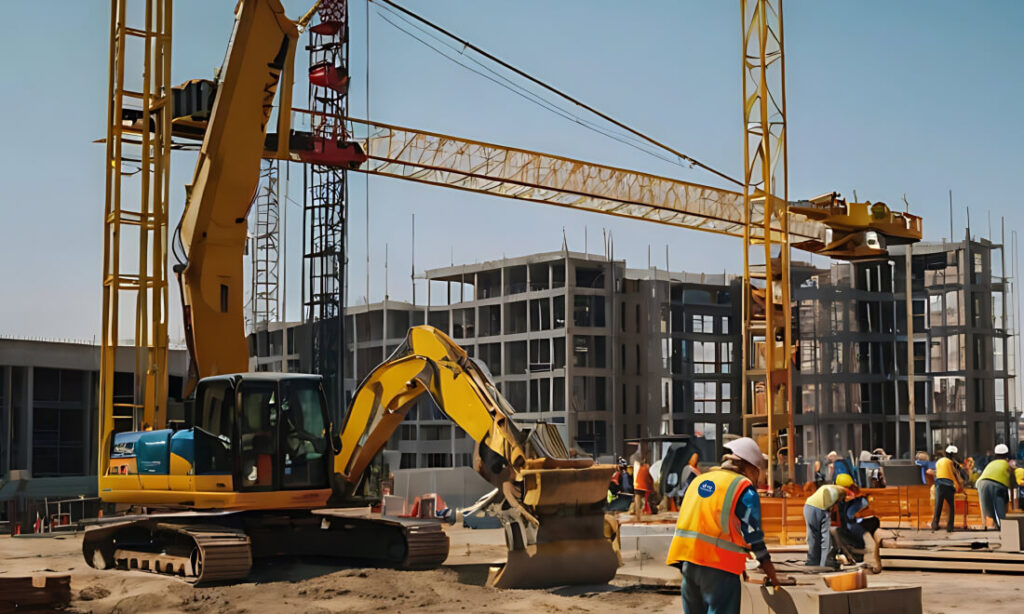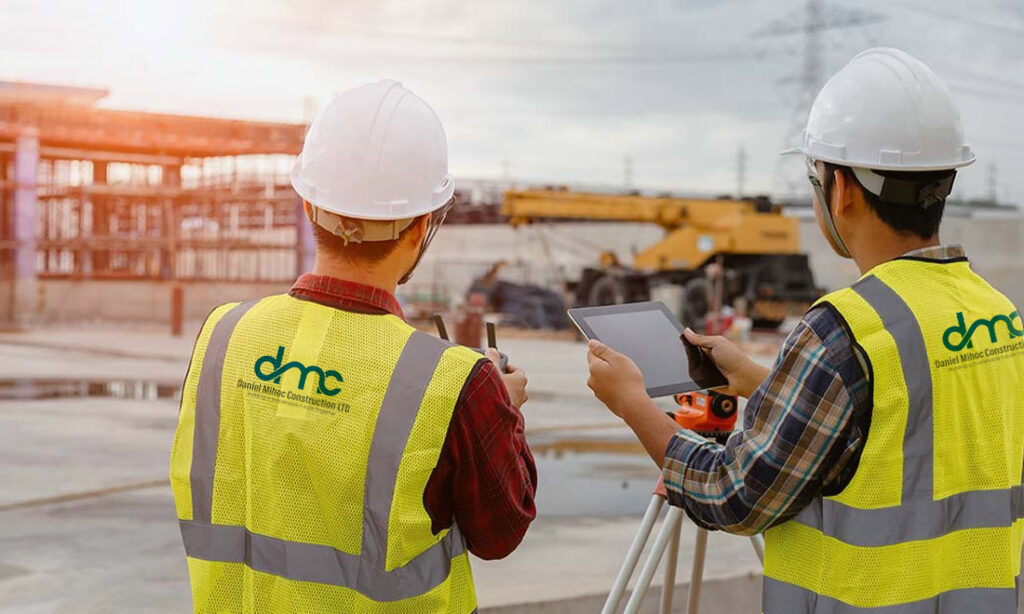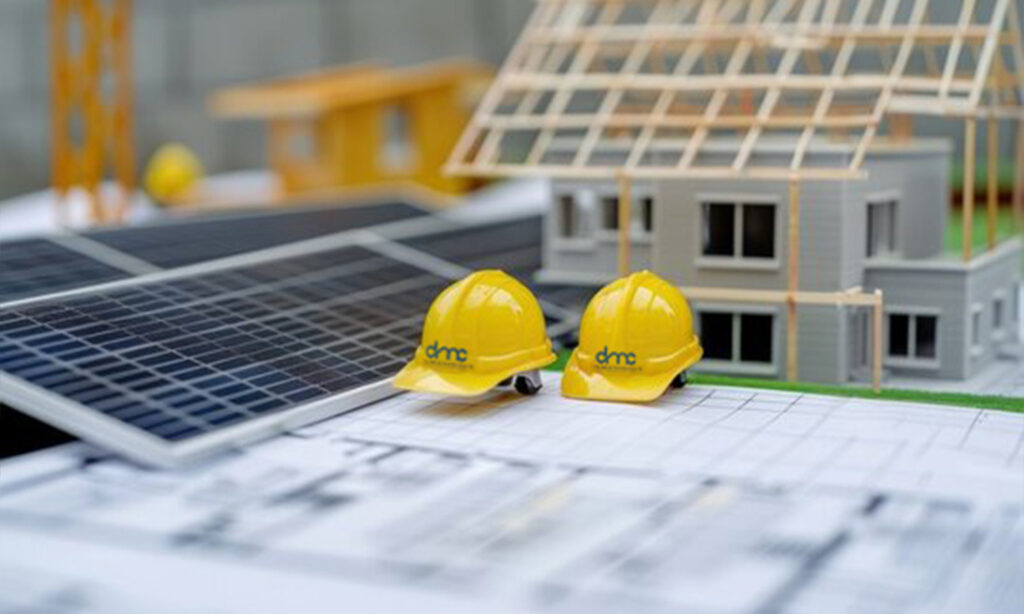Health and Safety on the Building Site: A Priority for Everyone
Construction sites can be exciting places where ideas are transformed into reality, but they can also be hazardous if proper precautions are not followed. At Daniel Mihoc Construction, we believe that health and safety are non-negotiable. Whether you’re a contractor, visitor, or worker, adhering to safety guidelines ensures that everyone goes home safe at the end of the day.
This blog will explore some essential health and safety principles for building sites, including personal protective equipment (PPE), site awareness, and the importance of clear communication.
Why Health and Safety Are Critical on Building Sites
Construction sites are inherently risky environments. Heavy machinery, sharp tools, working at heights, and unpredictable weather conditions all pose potential dangers. Without proper safety measures in place, these risks can lead to serious accidents, injuries, or even fatalities.
By prioritizing health and safety, companies like Daniel Mihoc Construction not only protect their workers but also comply with legal regulations, avoid costly downtime due to accidents, and maintain a positive reputation in the industry.
Safety Passes: The Gateway to a Safer Site
Safety passes are a critical component of health and safety management on construction sites. These passes confirm that anyone entering the site whether a worker, contractor, or visitor has received the proper training and understands the safety protocols required for that specific site.
Why Safety Passes Are Essential:
- Proof of Training:
Safety passes ensure that individuals have completed induction training and are aware of the risks and safety measures associated with the site. - Controlled Access:
Only those with valid safety passes can enter the construction site, reducing the likelihood of untrained or unauthorized individuals being exposed to hazards. - Accountability:
Safety passes create a record of who is on-site at any given time, ensuring better management and accountability. - Emergency Preparedness:
In case of an emergency, safety passes help site managers quickly identify personnel and confirm they’ve been trained to respond appropriately.
At Daniel Mihoc Construction, we require all workers and visitors to have valid safety passes before accessing our sites. This ensures that everyone understands the importance of site-specific hazards and contributes to a safer work environment.
PPE: The First Line of Defense
One of the simplest yet most effective ways to stay safe on a building site is the use of Personal Protective Equipment (PPE). It’s crucial that no one steps onto a construction site without the following:
- Hard Hat:
Protects workers from falling debris, tools, or materials. Even small objects can cause serious injuries when falling from a height, so this is a must. - High-Vis Jacket:
Ensures workers are easily seen, especially in areas with moving vehicles or machinery. While it may not be the most stylish attire, it can mean the difference between being seen and being seriously harmed. - Steel-Toe Capped Boots:
Protect feet from heavy objects, sharp tools, and uneven surfaces. These boots provide stability and are built to withstand the harsh conditions of a construction site.
Important Note: PPE is only effective if it is worn properly and inspected regularly to ensure it’s in good condition.
Site Awareness and Training
Understanding the environment you’re working in is just as important as wearing PPE. Every construction site is different, and workers must familiarize themselves with the specific hazards of each location.
- Induction Training:
Before starting work on a new site, all personnel must complete site induction training. This includes understanding the layout, emergency exits, first aid points, and safety procedures.
- Hazard Awareness:
Workers should be aware of potential dangers such as:
- Open trenches or holes
- Electrical installations
- Moving machinery
- Working at heights
Tip: Signage is a simple yet effective way to warn workers of potential hazards. Clear, visible signs should be placed in high-risk areas to remind everyone of the dangers.
Clear Communication: The Key to Safety
Good communication is the backbone of site safety. Everyone on-site should have a clear understanding of their roles, responsibilities, and the safety procedures in place.
- Toolbox Talks:
Regular toolbox talks or safety briefings keep workers updated on site hazards and important reminders. These sessions also provide an opportunity to address safety concerns raised by the team.
- Reporting Hazards:
Workers should feel comfortable reporting potential hazards or unsafe practices without fear of reprisal. Encouraging an open safety culture is essential for preventing accidents before they happen.
Machinery and Equipment Safety
Heavy machinery is essential on construction sites but can pose significant risks if not handled properly. Operators and workers must follow these guidelines:
- Operator Training:
Only trained and certified workers should operate machinery such as cranes, excavators, or forklifts. - Regular Inspections:
All machinery must be inspected regularly to ensure it’s in good working order. Any defective equipment should be taken out of service immediately.
Safe Zones:
Workers should stay clear of operating machinery unless directly involved in its use. Establishing safe zones minimizes the risk of collisions and injuries.
Working at Heights: A Major Risk Area
Falls are one of the most common causes of injuries on construction sites, which is why working at heights requires extra precautions.
- Proper Scaffolding and Ladders:
Scaffolding should be erected by trained professionals and inspected regularly. Ladders must be stable and used only on even surfaces.
- Fall Protection Systems:
Workers must use fall arrest systems such as harnesses and lanyards when working at heights.
- Awareness and Training:
All workers must be trained in height safety and understand the risks involved.
Building a Safer Future Together
At Daniel Mihoc Construction, we are proud to uphold the highest standards of health and safety in the construction industry. From requiring safety passes to enforcing strict PPE rules, site awareness, and clear communication, we are committed to creating a safe environment for everyone.
Safety isn’t just a requirement it’s a responsibility. By embracing a culture of safety, we ensure that every worker, contractor, and visitor can go home safely at the end of the day.
Let’s build a safer future, one project at a time.
Partner with Daniel Mihoc Construction to bring world-class healthcare facility construction expertise to your next project. Contact us to discuss how we can help implement these best practices in your healthcare development.






